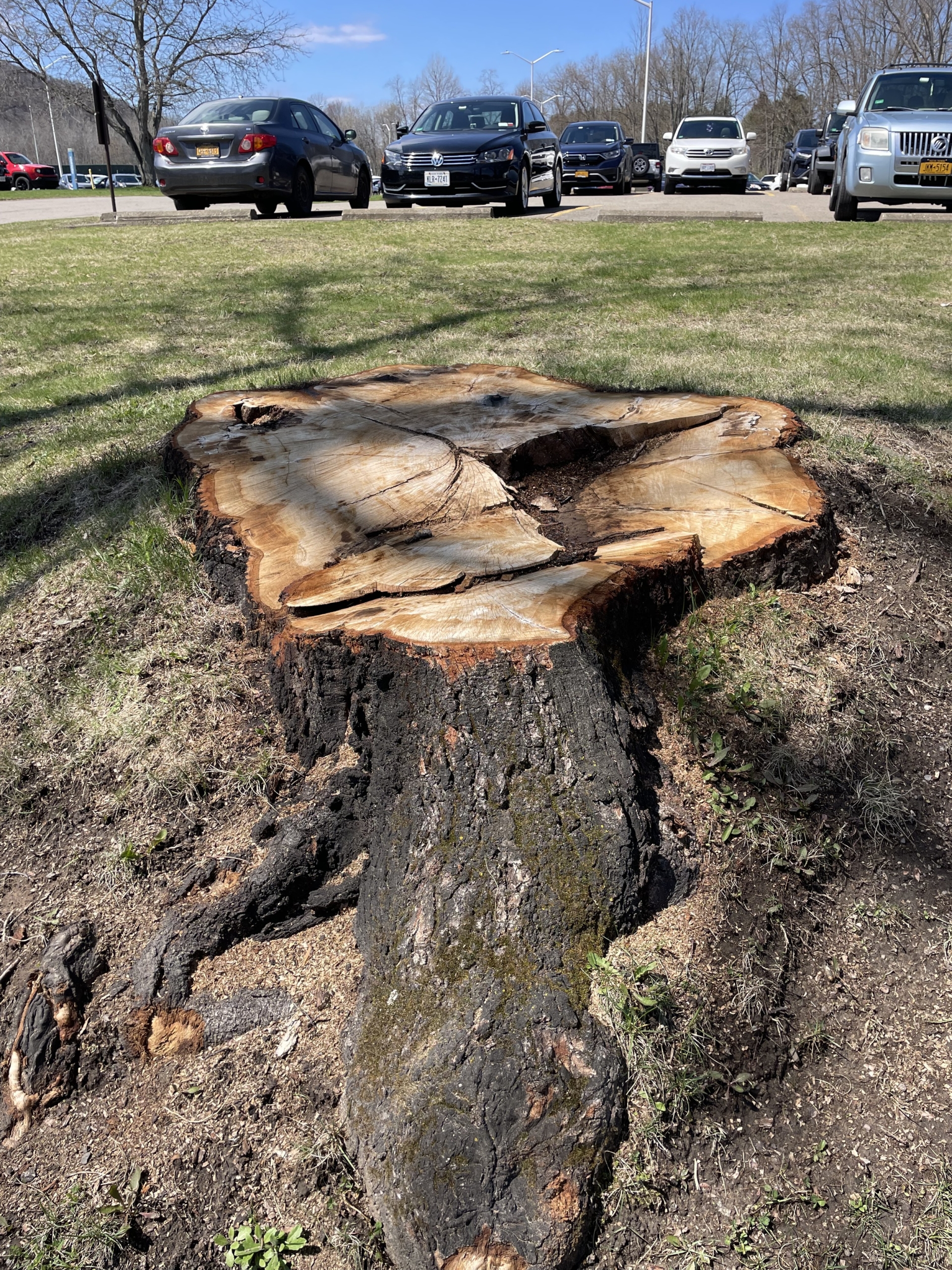By Julia Mericle
Managing Editor
Four school administrators and an author from Brazil visited campus this week to learn about education in the United States through the To BE International Initiative between St. Bonaventure University and Liaison America.
“Their goal is to find better ways to operate their schools, either from a principal’s point of view or a teacher’s point of view so that they can improve the education for the children in Brazil,” said Paula Kenneson, Ph.D., the faculty director of the new program.
The initiative welcomed the educators on April 4 with a discussion titled “The American School: An introduction to the American curriculum, grading system, national, state and local testing and data-driven assessment,” given by Betsy Cashing, a lecturer in the school of education.
Kenneson said the talk explained how American education got from the one-room schoolhouse to what it is today.
The educators also visited Scio Central School in Scio, New York to meet with the superintendent and teachers.
On Tuesday, the program explored the use of technology in schools, such as cameras in the hallways and teaching with 3D equipment, with a visit to Allegany-Limestone Central Schools.
“They saw students with 3D printers making cubes and cars and they made us all a keychain,” said Kenneson.
Maria Paulline Melo de Azevedo Bezerra, one of the visiting principals, said once of the biggest differences between the American schools she visited and Brazilian schools is the use of technology.
On Wednesday, Xiao-Ning Zhang, associate professor of biology at Bonaventure, gave a presentation on STEM (science, technology, engineering, math) education. She explained how she brings science and technology teachers from local schools to campus so they can upgrade their skills.
The educators continued their focus of STEM by visiting the Olean City School District and the Challenger Learning Center.
On Thursday, the Brazilian school administrators discussed special education, clinical supervision models and community relationships. They visited Ellicottville Central School.
On Friday, the educators conclude their time at Bonaventure with a trip to Archbishop Walsh Academy Southern Tier Catholic School.
Kenneson said the visiting principals all come from private, Catholic schools, which made them interested in partnering with a Franciscan university.
Bezerra said the trip is not only for educational exchange, but cultural exchange as well.
The group visited Niagara Falls, Anchor Bar in Buffalo and are headed to New York City when they leave Bonaventure, said Kenneson. Kenneson traveled to Brazil last summer to present St. Bonaventure at a national conference.
Another group of Bonaventure faculty will probably travel to Brazil again this August, said Kenneson. She said the hope is that this partnership will increase international enrollment at Bonaventure.
Kenneson said that the principals they are working with now can go back to their schools in Brazil and tell their students who wish to attend college abroad about Bonaventure.
“Brazil has a lot of money right now to send their students anywhere in the world,” Kenneson said. “And their goal is to send them out, learn, and then come back to Brazil to make Brazil a stronger country.”
Bezzera and Kenneson agreed that cultural partnerships are important and hope the program will allow students from Bonaventure to understand more about the culture in Brazil as well.
“The big thing is just to work with our colleagues across the equator and continue to encourage education,” said Kenneson. 
mericlje13@bonaventure.edu



